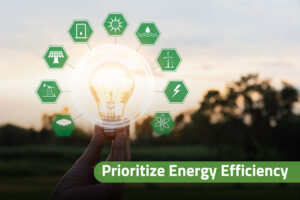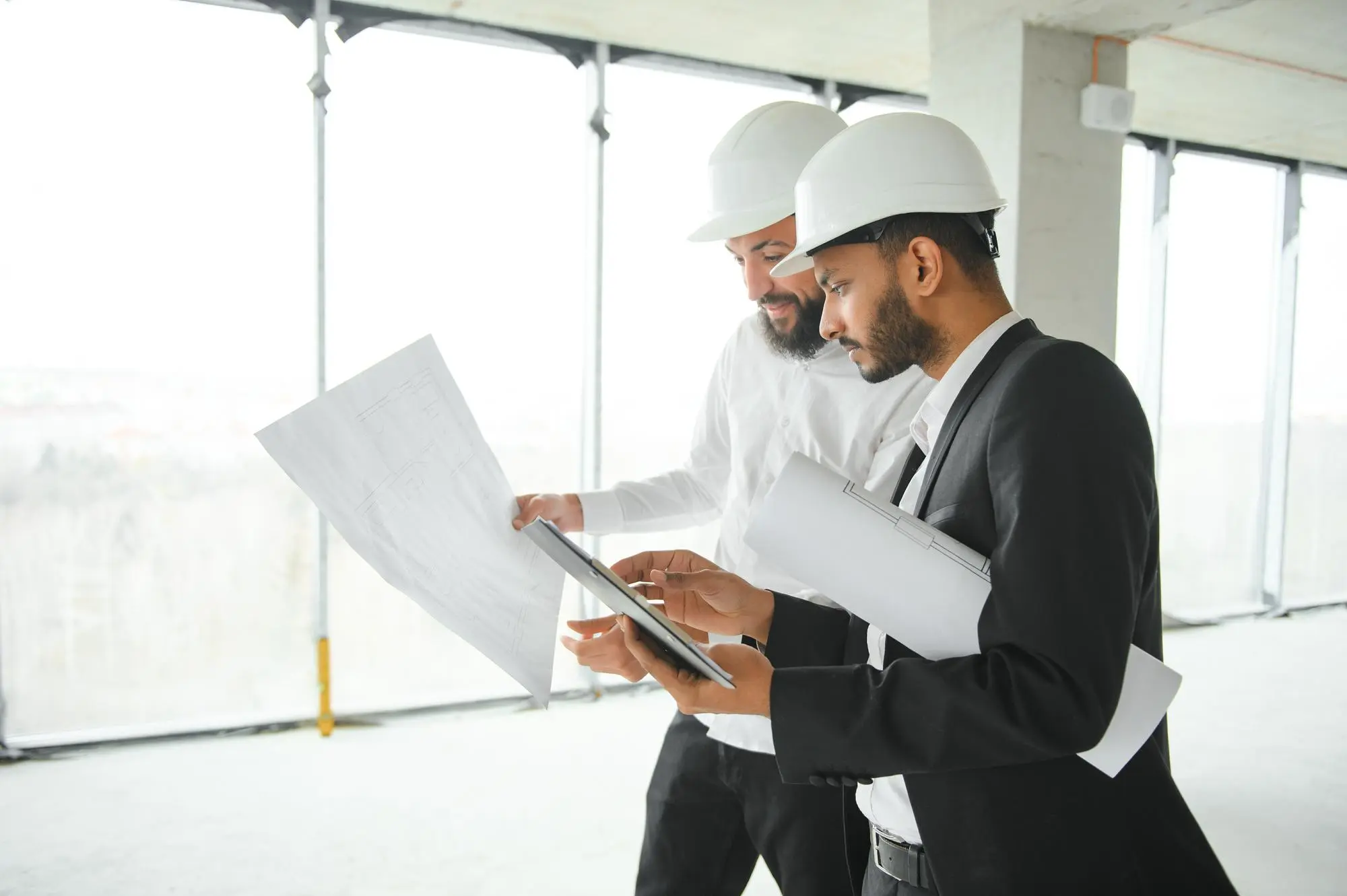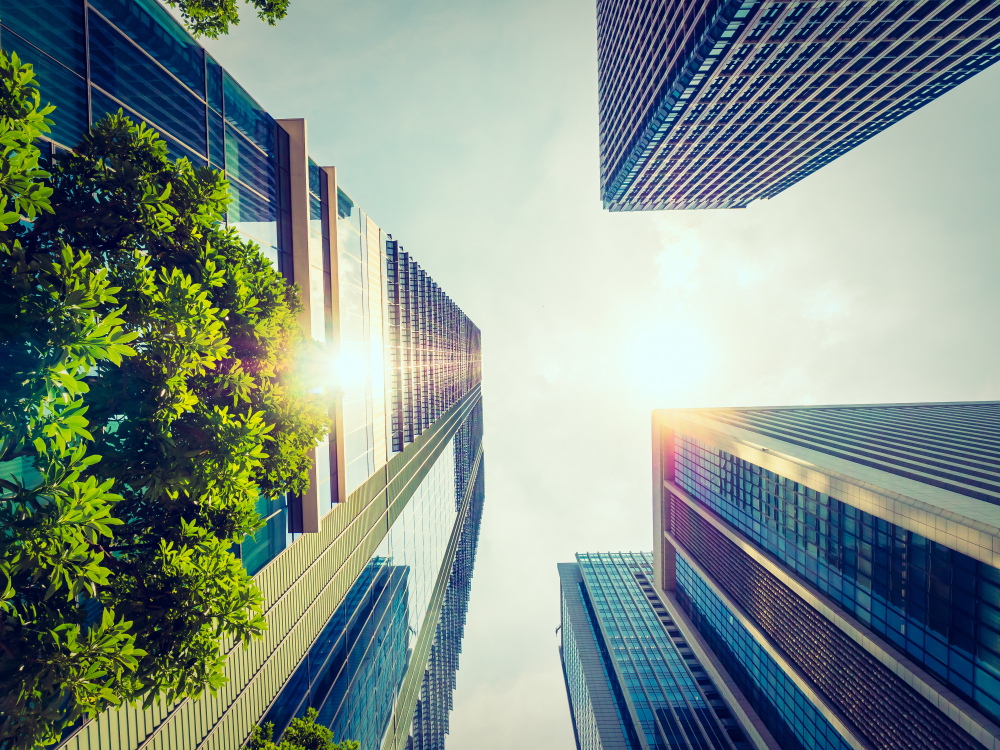Introduction
In construction engineering, thoughtful design is essential, but sustainable design is crucial.
Sustainable design isn’t just about aesthetics or efficiency; it’s about making buildings and infrastructure that minimize environmental impact while meeting human needs. As environmental consciousness grows, the responsibility for preserving the planet extends to everyone, including engineers.
According to the Environmental Protection Agency (EPA), buildings in the United States account for:
- 36% of total energy use
- 65% of total electricity use
- 12% of total water use
- 30% of total CO2 emissions
- 60% of non-industrial waste generated (from construction and demolition)
These statistics underline the urgent need to make sustainable design practices the norm among designers, businesses, and consumers.
Sustainable Design Engineering (SDE) is a research field that merges sustainability, design, and engineering principles to create environmentally responsible, economically viable, and socially beneficial solutions.
Core Principles of Sustainable Engineering Design
Sustainable engineering rests on principles that support sustainable development, bridging the gap between design and implementation. these principles must be followed from the early stages, so engineers can ensure technology follows an environmentally sound path, avoiding the costly need to redesign or retrofit in later stages. Sustainable engineering principles should guide research, industrial projects, and policy development decision-making.
Key principles include:
- Material Selection and Lifecycle: Choosing materials that are renewable, recyclable, or biodegradable. Bamboo, recycled metals, and bio-based plastics are replacing traditional materials, reducing environmental impact.
- Energy Efficiency: Energy-conscious design goes beyond minimizing power consumption; it considers the energy lifecycle of a product or structure. Smart solutions like passive solar heating, natural ventilation, and energy-efficient lighting can reduce energy use by up to 80% compared to traditional designs.
- Waste Reduction Strategies: Designing out waste has become a key approach. Modular designs that allow easy repair or replacement of components extend product life while reducing waste.
- Circular Economy Integration: Sustainable design increasingly adopts circular economy principles, focusing on reuse, repair, and recycling.
Key Benefits of Sustainable Design
- Environmental Benefits: Sustainable design reduces the environmental footprint by using eco-friendly materials, conserving resources, and minimizing waste.
- Economic Benefits: Although initial costs may be higher, sustainable design can lead to long-term savings in energy and maintenance. Energy-efficient buildings, for example, reduce costs over time and can increase property value, attracting businesses and investors who prioritize sustainability.
- Social Benefits: Sustainable infrastructure improves quality of life by creating healthier, more livable spaces. Green areas and pedestrian-friendly spaces promote physical activity and social interaction.
Strategies for achieving sustainable design
- Energy Efficiency: This involves using energy-efficient materials, lighting, and HVAC systems, along with renewable energy sources like solar and wind power.
- Resource Conservation: Resource conservation means using recycled, renewable, or low-impact materials and designing projects to minimize waste.
- Pollution Reduction: Reducing pollution is vital for sustainable design. Best practices include minimizing soil erosion, managing stormwater runoff, and reducing air and water pollution. Green materials like low-VOC paints also reduce indoor and outdoor pollutants.
- Biodiversity Promotion: Sustainable design should protect natural habitats and promote biodiversity. Green roofs, walls, and urban forests provide habitats for wildlife and mitigate urbanization’s effects.
- Community Engagement: Engaging with communities ensures that projects align with their needs and priorities, fostering support for sustainable initiatives.
How to Implement Sustainable Design in Your Construction Project

1-Construct Green Buildings: These buildings incorporate water conservation measures, maximize natural light, and improve air quality by using low-emitting materials.

2-Source Sustainable and Recycled Materials: Using renewable resources helps decrease the environmental impact of construction.

3-Prioritize Energy Efficiency: Ensuring energy efficiency across all building operations reduces overall energy demands.
4-Plan and Assess Thoroughly: Successful sustainable design begins with careful planning:
- Environmental impact analysis
- Resource requirement evaluation
- Lifecycle assessment
- Stakeholder consultation
- Cost-benefit analysis
Organizations should set clear sustainability goals and metrics before initiating design projects.
5-Integrate Technology: Technology plays a vital role in optimizing sustainable design. Tools like Building Information Modeling (BIM), AI, and IoT devices enhance design precision, while advanced materials testing and simulation allow for eco-friendly optimization.
Conclusion
Sustainable design goes beyond environmental responsibility, it’s a path to innovation and a business opportunity. With increasing environmental challenges, adopting sustainable design principles can benefit both the planet and a company’s bottom line. Embracing sustainable design not only reduces environmental impact but also meets evolving consumer demands, setting organizations up for success in an eco-conscious market.
Frequently Asked Questions (FAQs):
How does sustainable design affect business costs?
While initial costs may be higher, sustainable design often leads to long-term savings through reduced energy consumption, lower maintenance costs, and improved resource efficiency.
Q: What are the key indicators of sustainable design success?
Success indicators include reduced energy consumption, lower carbon emissions, decreased waste production, improved resource efficiency, and positive user feedback.
Q: What role does technology play in sustainable design?
Technology enables better design decisions through simulation, optimization, and monitoring tools while also providing innovative solutions for energy efficiency and resource management.
About Firas
With over 27 years of industry expertise, Firas Engineering Consultancy has established a reputation for excellence in engineering design, project execution, and supervision. From small villas to large-scale complexes, we are dedicated to delivering precision, quality, and sustainability in every project. Our team of specialized engineers combines technical expertise with a commitment to environmental responsibility, turning your vision into reality with a focus on thoughtful, innovative solutions.
Contact Us for a consultation and start your journey towards sustainable construction with Firas Engineering Consultancy.






